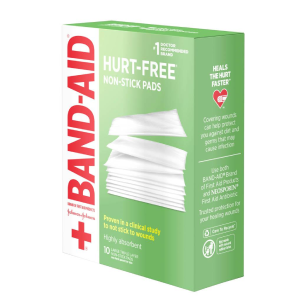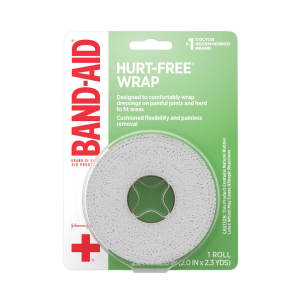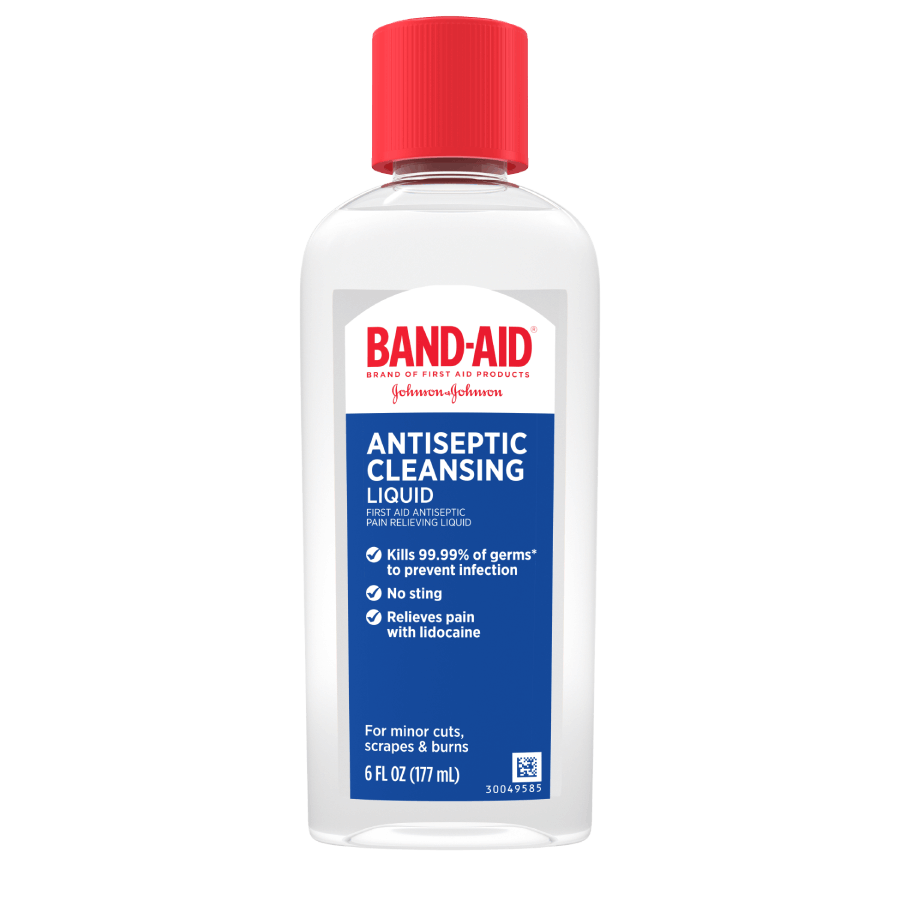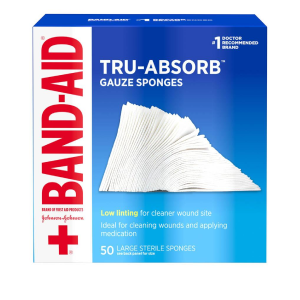Incision Care

To Clean or Not to Clean
While you’ll be checking your wound twice a day, you don’t need to clean it that often. Too much touching and fussing can irritate it. But it does still need to be kept clean. Your healthcare provider may give you specific instructions on how to clean your wound, but here’s a general rundown on what to do and what to avoid.
-
Wash your hands well with soap and water before starting.
-
Soak a cloth or gauze in warm water or a mix of sterile water and salt. If you’re using individually wrapped gauze, you can pour the saline solution directly into the package to limit contact and contamination.
-
Wring the cloth or gauze gently so it’s not dripping wet, then gently dab or wipe the skin around the incision.
-
Avoid skin cleansers, antibacterial soaps, alcohol, iodine, and peroxide. Also check with your doctor before putting any lotion, cream, or ointment on it once it’s starting to heal.2
-
Pat the area dry with a clean cloth or gauze before re-bandaging.

You Might Be Asking…
What is the best type of bandage for me to use over my stitches or wound?
If you didn’t get bandage supplies from the hospital, nonstick pads and rolled gauze help keep your wound clean, dry, and protected.
How often should I change my bandage?
Generally, bandages should be changed once in the morning and again in the evening. If there is a lot of oozing fluid coming from your wound, your healthcare provider may recommend changing it more often.
Can I bathe or shower after surgery? Can I get my stitches wet?
Once your doctor gives you the okay, use a waterproof bandage to keep your wound dry. And change to a clean, dry bandage after. If you’re advised against bathing or showering, ask what you can do to keep the area around your wound clean.
Should I apply any kind of medicine to my incision?
You can use a topical antibiotic ointment once your healthcare provider has cleared you to do so.
Sources:
1 ”When is wound cleaning necessary…?” https://www.nursingtimes.net/clinical-archive/tissue-viability/when-is-wound-cleansing-necessary-and-what-solution-should-be-used-20-08-2018/
2 ”How to Take Care of Your Wound After Surgery” https://www.webmd.com/first-aid/surgical-wound-care
Find the Best Bandage for the Job
Not sure which BAND-AID® Brand adhesive bandage to pick? Our Product Recommender can help you find the one that’ll do the trick.












